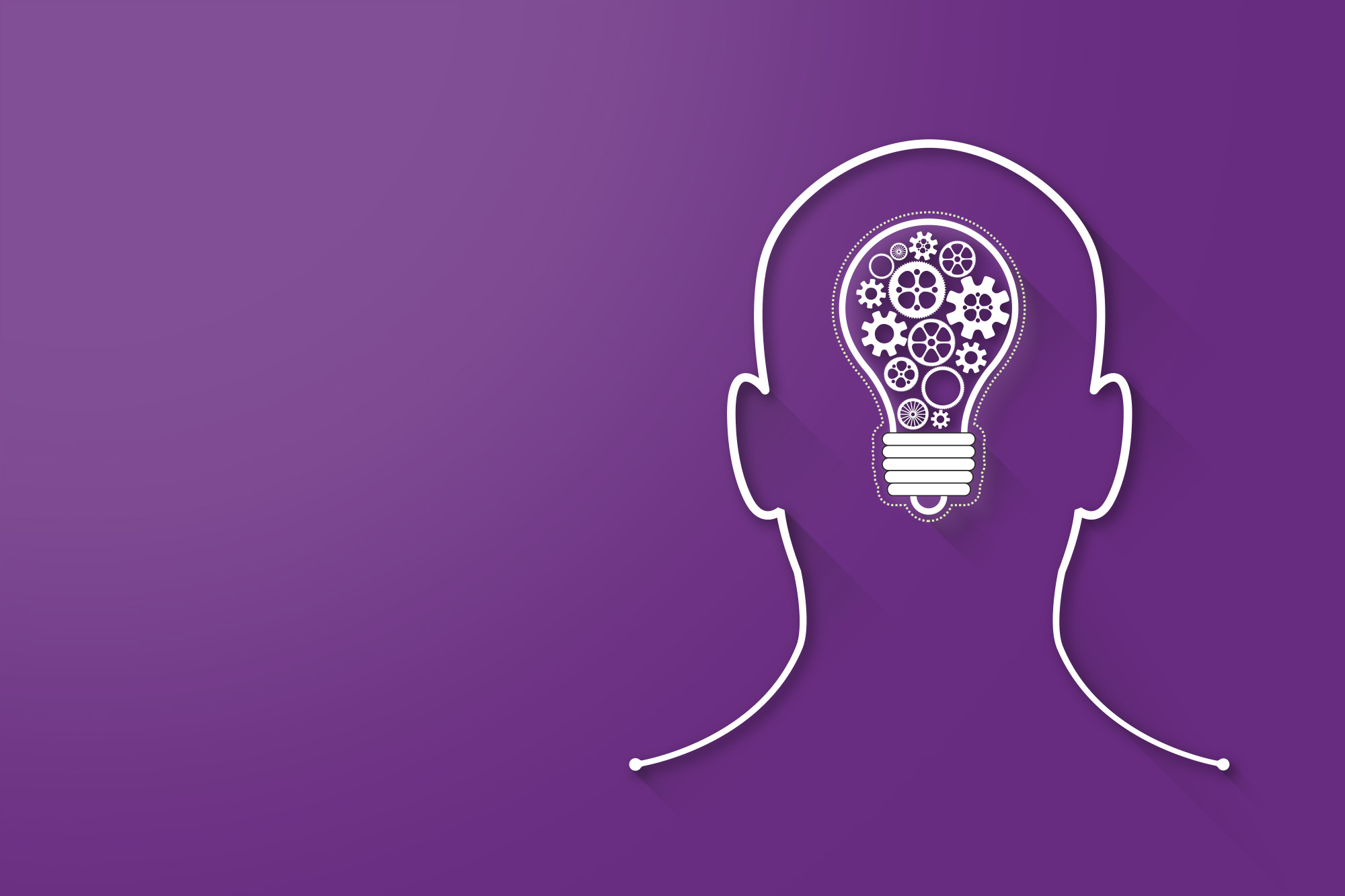As the talent agenda grows ever more complex, there are two types of organisations: those that already use Talent Intelligence (TI) and those who are going to start using it very soon…
HR professionals around the globe are faced with the unique challenge of sourcing the skills they need in a market where those skills are scarce; unemployment is low; online job ads outnumber the number of candidates available, and the threat of a recession makes decision making on the part of both corporates and candidates much more risk averse. To make good decisions it’s important to have quality information, but often a frustrated line manager isn’t willing to budge on what they want in a candidate to fill a role, when talent acquisition leaders are telling them that their particular ‘unicorn’ doesn’t exist. Alison Ettridge, (AE) CEO of Stratigens explains.
AE: “TI is used to make good decisions, but you need good data. Put simply, companies do research on their clients, consumers, competitors and markets all the time – but they don’t do research into their most critical asset – access to the skills and people they need to deliver this business strategy. Talent intelligence delivers this data. Or put it another way, if you don’t have any data, you are making a decision based on opinion alone and when is that ever a good thing?”
Does TI magic really exist?
There is a strong case for the use of TI. By leveraging data and insights to inform talent acquisition and wider management strategies, organisations can improve their ability to attract and retain top talent, drive employee performance, and ultimately achieve business goals. With the increasing importance of data-driven decision-making in today’s business environment, TI has become a critical tool for organisations that want to stay ahead of the competition. But getting organisation buy-in isn’t always easy. Setting up a TI programme with a new client could have its challenges.
It also gives recruiters the confidence to challenge their client’s workforce strategies and suggest new ones
AE: “TI is a relatively new term and new market. The most common challenge is helping business leaders understand what TI is, why it is important, the impact it can have and the implications of not having it. That’s why much of what we do is focussed on education. TI can be used tactically and strategically. In most organisations TI sits within a TA function and can get ‘stuck’ in tactical use alone. Whilst valuable, the wider business impact is lost. We spend significant time working with our TA community to educate them on the broader benefits and buy in.
Toby Culshaw, Global Head of Talent Intelligence: Worldwide Amazon Stores said that TI is a relatively new offering and takes time to build its capabilities. “Currently TI sits in the Talent Acquisition function, but in the next 18 months or so we’ll see a shift towards TI being incorporated across all organisation silos and will evolve into Workforce Science.” As a new market there is a very small talent pool for TI people. And the pool that is there ranges from those with experience of data science and people analytics, to those with qualitative research skills and everything in between.
Over and above that, as a new market, there are many consultants who ‘jump on the band wagon’ as TI experts who add value but may miss the overall business benefit.”
What does the data mean?
Critical to TI is understanding the ‘so what’ – good data alone is not the answer, it must be overlaid with the insight and the ‘so what’ to add real value. TI tells a story that isn’t always obvious. For example, if an organisation is looking to recruit web developers in Edinburgh but the TA teams can’t find any, TI is able to paint a picture as to why those roles can’t be filled and where to find the desired talent. Reasons for the seemingly lack of talent can range from low unemployment rates, incorrect or unreasonable salary expectations to commuter distance and age of those employed. Or it could be that the talent pool is just simply not big enough to fill demand. TI, when analysed and used to support hiring strategies, enables TA teams to find out exactly where the right talent is geographically, match similar skills or job titles in order to find that talent in other industries or even that those skills don’t in fact, exist.
Building a portfolio of insights
According to Alison there are more than 1,500 professional and social networking sites that feed Strati gens’ labour market data alone. It is critical for them to provide data from niche sites and regional sites to make sure they’re providing the most accurate picture of the talent supply and demand. AE: “There are more than 32,000 different data points that feed our location and economics insights. Strati gens uses the very latest in machine learning to extract, categorise and label the data to avoid duplication, ensure accuracy and put it into a format that is easy to understand.” But an organisation will often say that they use LinkedIn Insights…
So what is different?
AE: “LinkedIn Insights is a great tool and used by many TA professionals to tactically inform hiring. At Strati gens we believe the impact of TI goes way beyond this application. TI can shape and inform organisation design and workforce planning; in other words, where to grow and consolidate, the shape and skills of a role as well as the footprint of different functions. TI can inform who to hire from and can tell you about diversity of the external labour market at a role and location level to inform diversity, goal setting and strategy. Magic happens when you combine internal and external data, your people analytics teams and work with Strati gens on mapped external data feeds to combine the two and creates more holistic solutions for clients. We believe that to make good workforce planning decisions you need good data and you need to join the dots between the labour market, location and the economy. We join those dots in a way no other tool does. That’s why we refer to ourselves as a decision intelligence software app. So there is a big difference between LinkedIn Insights and a true talent intelligence application!”
Decision intelligence – you have the intel, now what do you do with it?
How decision intelligence is applied to the different stages of the hiring process is the ‘so what’, the reason that TI will not only give you a competitive edge over your competitors, but a contextual one, too. There are tactical and strategic ways to leverage TI across the hiring process:
| STAGE | USE |
| Workforce planning | Tactical use: By using data on the size of the labour pool, the make up of that pool in terms of years’ experience and skills, the demand for that pool companies can start to ensure growth or consolidation in areas where access to talent is going to be less difficult.
Strategic use: But only by combining the above data with data around locations, infrastructure, economics, tax and costs can workforce planning become strategic. To make good decisions, you need good data. Good data for workforce planning joins the dots between the labour market, economics and locations. Stratigens does this in a way no other software can. |
| Role design | Tactical use: Using Stratigens recruiters can dynamically see what happens to the size of the pool as they add certain skill sets. This means they can sit with line managers and discuss the impact on hiring timelines, talent availability and salary. Strategic use: Understanding the skills that reduce the size of a talent pool can be used to feed talent management and development programmes. |
| EVP | Tactical use: Using data on which companies in a location have the largest population of people with the skills you need to hire can lead to the build of competitor ‘battlecards’ for talent. Armed with fact sheet data on the competition recruiters can use this during offer management to position your business in the best light. Strategic use: Including data on locations, commute time, commute cost, cost of living and infrastructure (remote working spaces, broadband speed etc.) can feed into your working policy around hybrid, remote or office – a key part of decision making for all talent in today’s world. |
| DEI | Strategic use: Diversity of workforce is more important than ever today – we know diverse workforce produce better business results and more inclusive cultures. Yet companies continue to set arbitrary targets for diversity. Stratigens shows the availability of diverse talent in the external market at a role and location level – so targets can be set at achieving at or above market availability – a data led approach to genuinely turn the dial. |
| Job requisition / specification | Tactical use: Using Stratigens recruiters can dynamically see what happens to the size of the pool as they add certain skill sets. This means they can sit with line managers and discuss the impact on hiring timelines, talent availability and salary.
Strategic use: Understanding the skills that reduce the size of a talent pool can be used to feed talent management and development programmes. |
| Media planning and talent attraction | Strategic use: Stratigens surfaces the source of profile data for every role in every location. This data shows the professional and social networking sites where we have identified profiles, and the top three. This data should be used by TA teams to determine where to focus media spend and sourcing time. Some clients also use this data to encourage their employees to discuss what it is like working with them projects, technology etc as part of their wider attraction strategy. |
| Sourcing | Tactical use: By seeing the top employers for roles in a location a sourcing list is generated as key targets for a sourcing team to approach. |
| Retention | Strategic use: By understanding the average tenure and career moves for a role, companies can understand when they may have an attrition risk in their business. This data can be used as a preventive measure and form part of a wider talent management strategy. |
Top tips for getting C-suite buy-in
According to Ken Brotherston, CEO at TALiNT Partners, the following are important:
1. Demonstrate the relationship between skills, location and diversity in supporting the business strategy.
2. Highlight the cost of getting your talent strategy wrong/the benefits of getting it right.
3. Show that TI isn’t just a great tactical response to a hiring challenge but sits at the heart of long-term workforce planning.
It’s important to note that it’s not just employers with skin in this particular game: staffing firms and talent solutions providers increasingly rely on talent intelligence and labour market analytics to determine their own approaches to how they can best help their clients, or indeed, even if they can help them at all.
Alex Evans, TALiNT Partners MD commented on the value TI adds to staffing firms. “Talent intelligence helps recruiters to add more value as strategic advisors by providing accurate labour market analytics to support their recommendations – and help clients build business cases for their solutions. It gives recruiters the insight to determine whether a project is worth taking on, or they have the capability to deliver, and to price talent solutions more confidently. It also gives recruiters the confidence to challenge their client’s workforce strategies and suggest new ones.”










